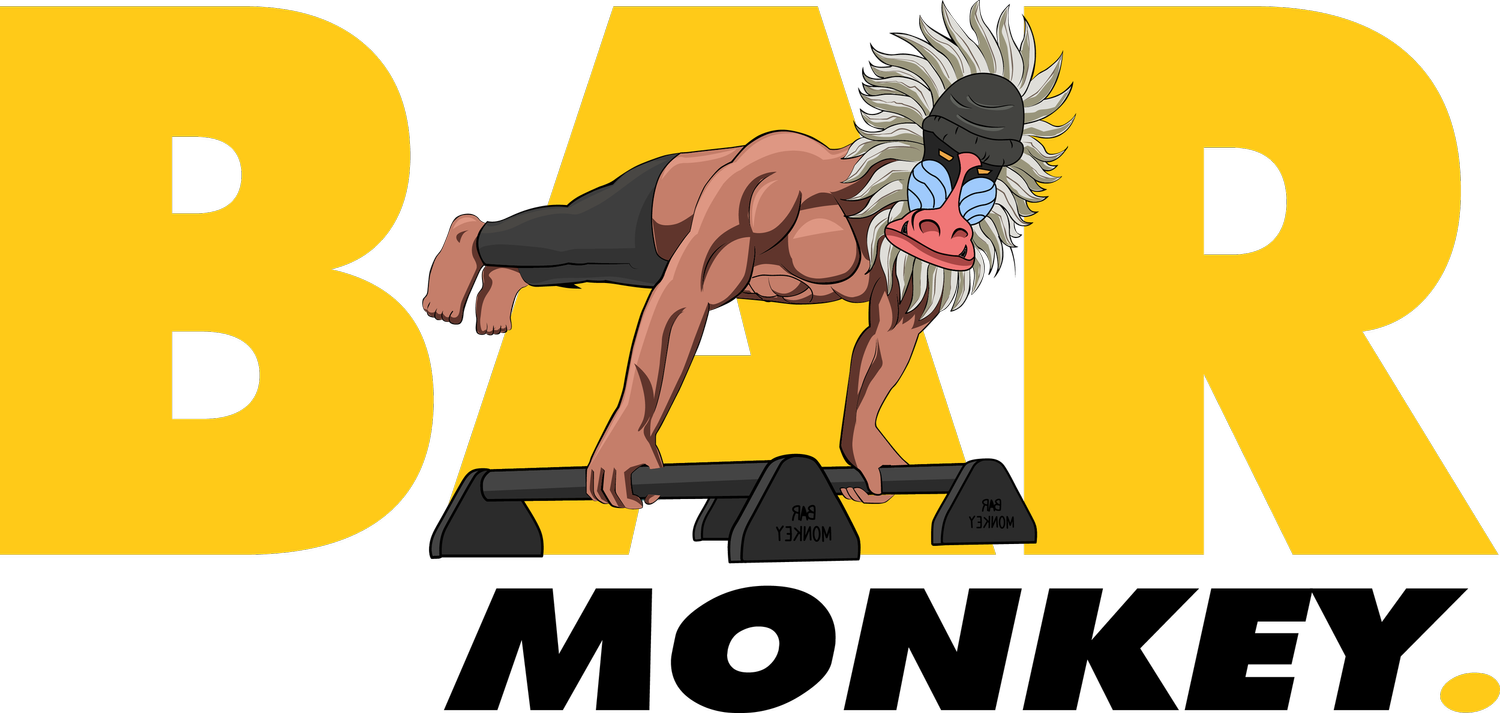Are You Using The Right Net?
In 1939, Sir Arthur Eddington used a story of a fisherman casting a net into the ocean and pulling up fish. After inspecting, the fisherman concludes that there is a minimum size of fish in the sea, and there can’t be any fish less than 2cm long. He is then told by another onlooker that there are plenty of fish under 2cm long, but his net is not equipped to catch them.
Are you using the right net? : A look into how we are measuring athletes
What do we mean by this analogy in coaching terms? Well, how I am interpreting this story ( and it can be translated in a variety of ways ) is how we may be missing out on a person’s potential by limiting the scope of movements or training methods we place them under. Are we ‘catching athletes’ if we only measure a set amount of movements? Or are they slipping through because we haven’t been able to identify their strengths?
Coaches can be quick to label athletes ( something I will discuss more ) based on a set amount of movements that we have decided are relevant to our sport. However, do these set of movements correlate to the person in front of you? Do they highlight something unique about that person and their strengths?
As an example ‘you can only train freestyle when you can do 10 pull-ups’. Is that coach using the right net? Is this identifying a person’s strengths? Is this an accurate measure?
When we measure or assess an athlete, are we limiting the criteria? Can we broaden that to potentially identify an individual's skill sets? This ideology is something I value within calisthenics, particularly freestyle, because we offer the opportunity for an athlete to discover their own strengths – providing a sense of autonomy and competence along with it.
In sport psychology terms, three basic human needs are autonomy, competence and belonging (Deci & Ryan, 2000)( referred to as self-determination theory ).
We are driven by a need to demonstrate competence and we are generally more motivated towards achievement in that area if it is something we feel we are good at. As coaches, our role then is to help identify people’s strengths in order to develop these three basic human needs. Coaches tend to get caught up in identifying ‘weaknesses’ believing that is how they provide value ( i.e. pointing out everything they are doing wrong when learning a new move ). We tend to point out what they need to do in order to improve / find flaws. We think this is helping them improve and this is not being done out of any intention to criticise the person or stifle their development.
However, what this can actually feel like is ‘I’m no good’. You take away their sense of competence because something they maybe felt ok at you are now telling them they need to do ‘x,y,z’.
At the beginning within a sport or fitness context, the person does not have a full sense of identity yet, and waits for external feedback before internally deciding if they are competent or not. ‘’Am I good at this? I don’t know, the ‘expert’ (coach) hasn’t told me yet’’
Our initial interaction will help to develop this sense of competence and identity if we reinforce their strengths – however this only happens if we are ‘casting the right net’.
If our net is narrow ( for example, a football coach only assesses a player for their passing ability, despite all the other attributes required to be successful in the sport ) then this only limits that athlete’s sense of competence, rather than broadening our own scope of understanding to see the strengths of the person in front of us. It is down to us then as a coach to widen our net and find movements we feel are suited to that person. We are not expecting them to fit into a narrow criteria, we broaden our own to suit them.
As coaches, we do not provide initial value through identifying ‘corrections’ and ‘coaching points’. We provide value through identifying people’s strengths and giving them a sense of purpose, competence, autonomy and belonging.
We hope this article provided some insights for you. For more information on coaching programmes with the Irish Calisthenics Institution check the ‘learn more’ button below.

